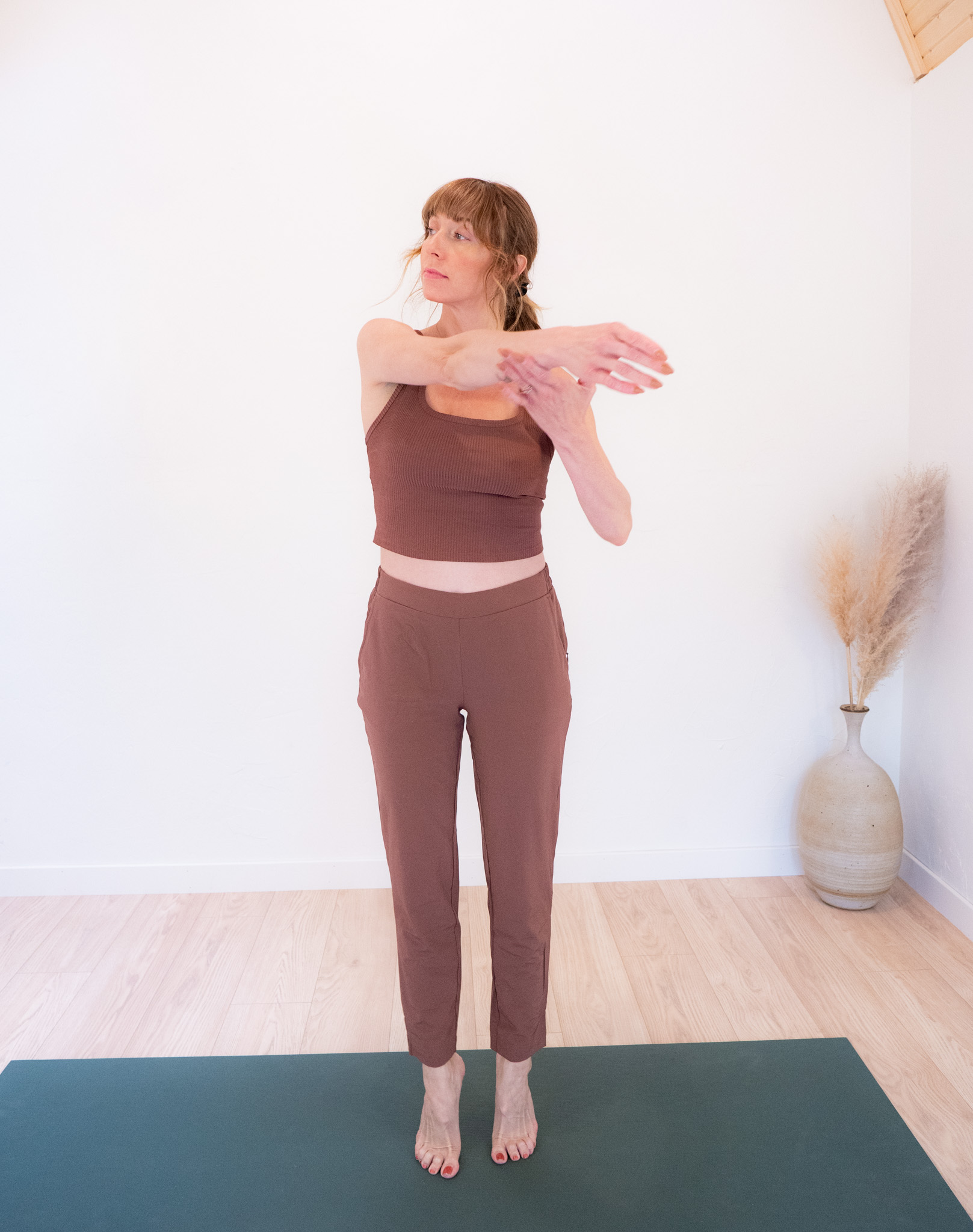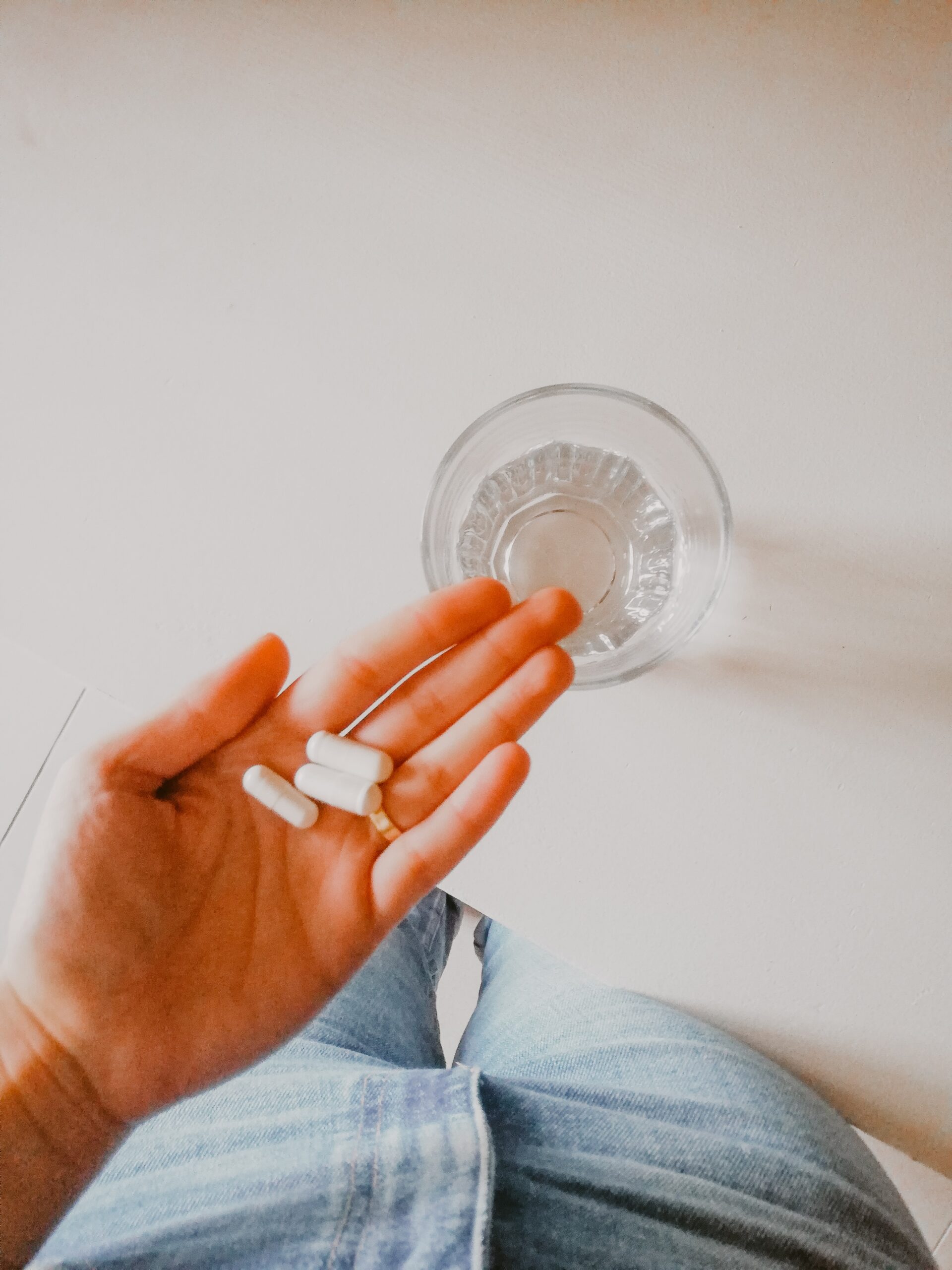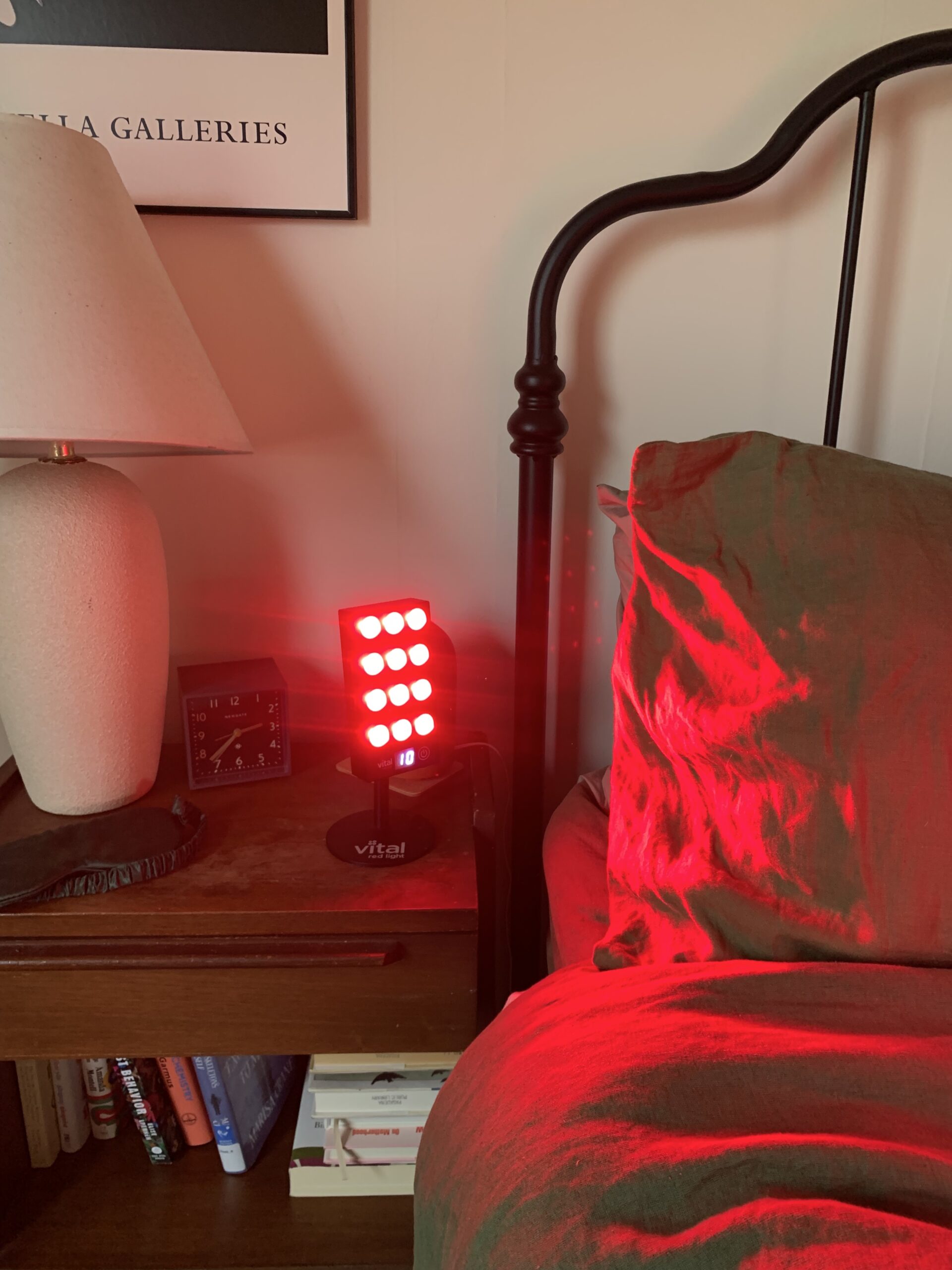
How Morning Sun Exposure Can Help Regulate Your Sleep
Picture a dark, windowless cave. If you had no access to outside light, would your body know what time it is? The answer is yes and no. Our biological clocks, or the circadian rhythms that rule our sleep and wake cycles, do tell time, but they aren’t always completely accurate.
Biological clocks depend on external signals, namely daylight, to better understand time, and dictate bodily functions accordingly. “If you don’t have light exposure during the day, your clock will run on a period slightly longer than 24 hours—about 24.2 hours on average,” says Dr. Mariana Figueira, Ph.D., professor and director of the Light and Health Research Center at Mount Sinai’s Icahn School of Medicine.
Biological clocks depend on external signals, namely daylight, to better understand time, and dictate bodily functions accordingly.
Americans, on average, spend about 90 percent of their time indoors. That’s a majority of our time spent out of sync with external daylight—we’re usually in lower light during the day and brighter light in the evenings. Studies have shown that these factors throw our circadian rhythms out of whack—and sometimes make it harder to hit the hay at night.
The good news is there’s a quick, simple, and free solution. Getting daylight exposure in the mornings is one of the best ways to regulate our circadian rhythms, according to sleep experts.
How morning daylight exposure affects your body
Figueira explains that circadian rhythms are regulated when daylight hits the back of your eyes. Even daylight from a cloudy day helps here. And don’t confuse this with your body’s vitamin D conversion process. While you need direct sunlight for that vitamin D boost, the light doesn’t have to be direct to still give your circadian rhythm that wake-up call.
When daylight hits the back of your eye, your internal clock becomes synchronized with the external clock, helping you avoid that slow but steady lengthening of the time it takes you to fall asleep on a 24.2-hour clock with no decent sun exposure.
Figueira notes that while morning light helps your internal clock send you to bed at the right time each night, evening light has the opposite effect. For the small portion of the population that gets too drowsy to function in the evenings, she says, exposure to daylight in the late afternoons or evenings can help delay the onset of sleep.
The benefits of morning daylight exposure
“Viewing sunlight in the morning causes ~50 percent increase in circulating cortisol, epinephrine and dopamine. These leverage healthy increases in energy, immune system function and mood,” tweeted Andrew Huberman, Professor of Neurobiology at Stanford Medicine, on August 3, 2022. Huberman touts the benefits of morning light exposure in the Huberman Lab Podcast.
“Light has a direct impact on you which is almost like a cup of coffee. So it makes you more alert,” says Figueira.
Studies suggest that the blue light in daylight keeps you more alert throughout the day, helping to combat that afternoon slump. This is also why using your phone or laptop at night can hinder your body’s melatonin production and natural sleep schedule.
“Once you sleep better, there’s so many other benefits,” says Figueira. Better sleep has been shown to decrease your risk of depression, anxiety, and cardiovascular diseases; strengthen your immune system and cognitive functions; and improve athletic performance—the list goes on and on.
More morning daylight exposure means better sleep at night, and better nighttime sleep can improve your whole quality of life.
Top tips for regulating your sleep with daylight
Figueira suggests getting at least 30 minutes of bright daylight exposure upon waking each day. The earlier in the day, the better, but daylight exposure at midday is still much better than nothing!
“My recommendation is to sit outside on a porch or go out for a walk,” says Figueria, noting that you’ll get much better light exposure when you’re outside. Have your coffee on the porch steps or take the dog for a walk around the block without sunglasses for optimal exposure.
If outside isn’t an option for whatever reason, weather or otherwise, sitting by the window and facing outside is a good option, too. “When you’re facing the window you do get enough light,” says Figueria, but the amount of light you get drops off very quickly as you move away from the window. Even sitting ten feet away from the window in a sunny room might not get you enough light for your circadian rhythm to recognize.
Light therapy lamps can also help to give that boost in daylight your body might be needed, especially if you live somewhere that doesn’t get much daylight at certain times of the year or you live or work in a space with little or no natural light.
Figueria says that one of the most important factors for a well-oiled circadian rhythm is a consistent sleep schedule. “We joke that a healthy life is a boring life,” she says. “Going to bed at the same time every day, waking up at the same time every day, and maintaining that regular schedule. The body likes that.”
Natalie Gale is a Boston-based freelance journalist. When she’s not writing about art, food, or sustainability, you can find her biking to the farmers’ market, baking, sewing, or planning her next Halloween costume. Say hi on Instagram!




